Pigeon 18 Common Disease Symptoms and Treatment
Treatment Preparation according to Disease.
Give 3-5 Drops Infapet and Spunk syrup. Morning and evening. after 3hrs evening dosage give sanjeevani 17in1 Pills. Give 10-15ml Normal Water with Every Dose.
Give 3-5 Drops Infapet and Spunk syrup. Morning and evening. after 3hrs evening dosage give sanjeevani 17in1 Pills. Give 10-15ml Normal Water with Every Dose.
Give 3-5 Drops Infapet and Spunk syrup. Morning and evening. after 3hrs evening dosage give sanjeevani 17in1 Pills. Give 10-15ml Normal Water with Every Dose.
Give 3-5 Drops Crop relief and Liv relief syrup. Morning and evening. If critical conditions after 3hrs evening dosage give sanjeevani 17in1 Pills. Give 10-15ml Normal Water with Every Dose.
Give 3-5 Drops Cold Gone and Moxipet syrup. Morning and evening. after 3hrs evening dosage give sanjeevani 17in1 Pills. Give 10-15ml Normal Water with Every Dose.
Give 3-5 Drops Cold Gone and Moxipet syrup. Morning and evening. after 3hrs evening dosage give sanjeevani 17in1 Pills. Give 10-15ml Normal Water with Every Dose.
- Mouthe and White Diarrhea
Give 3-5 Drops Azicin Powder according to black grain and Mucus Vet Syrup twice time a day. Give 10-15ml Normal Water with Every Dose.
Netra Relief:- Apply eye drops in the morning and evening. If critical conditions give Moxipet syrup and Cold Gone Syrup twice time a day.
Netra Relief:- Apply eye drops in the morning and evening. If critical conditions give Moxipet syrup and Cold Gone Syrup twice time a day.
If critical conditions:- after 3hrs evening dosage give sanjeevani 17in1 Pills. Give 10-15ml Normal Water with Every Dose.
- Watery and Phlegm eye infection
Eye Relief Drops:- Apply eye drops in the 2-3 time a day. Give Moxipet syrup and Mucus Vet Syrup twice time a day.
If critical conditions:- after 3hrs evening dosage give sanjeevani 17in1 Pills. Give 10-15ml Normal Water with Every Dose.
Give 3-5 Drops Mucus vet and Moxivet Syrup twice time a day. after 3hrs evening dosage give sanjeevani 17in1 Pills. Give 10-15ml Normal Water with Every Dose.
Give 3-5 Drops Nixo Vet Syrup twice time a day. after 3hrs evening dosage give sanjeevani 17in1 Pills. Give 10-15ml Normal Water with Every Dose.
Give 3-5 Drops Infapet and Spunk syrup. Morning and evening. after 3hrs evening dosage give sanjeevani 17in1 Pills. Give 10-15ml Normal Water with Every Dose.
Give 3-5 Drops Infapet and Spunk syrup. Morning and evening. after 3hrs evening dosage give sanjeevani 17in1 Pills. Give 10-15ml Normal Water with Every Dose.
- Weakness due to intestinal worms.
Give 3-5 Drops Spunk syrup. Morning and evening. after 3hrs evening dosage give sanjeevani 17in1 Pills. Give 10-15ml Normal Water with Every Dose.
- Mouth Infection Treatment
Give 3-5 Drops Mucus Vet and Moxipet syrup. Morning and evening. after 3hrs evening dosage give sanjeevani 17in1 Pills. Give 10-15ml Normal Water with Every Dose.
- Beak, throat and crop Cancer / Cancer
In the morning and evening after water and grain, give Canker-X Powder. Do not give water with medicine. Give this medicine for 5-7 days. Caution: Do not touch the wound.
Dosage:- Give according to black grin. (Kala Chana)
- Pigeon small pox, avian pox for Foot, Eye, Mouth and whole pox treatment.
Wash wounds with plain water and clean with a clean cloth. Apply
POX TREATOR ointment to the wound with your finger.
The medicine should be applied only once and not again. Apply coconut
oil daily on the wounds from the next day until they are clean.
Caution: The medicine should not go into the eye otherwise the eye may
get damaged. You can also use eye star medicine for eye protection.
Product Storage: Keep place cool, dark and dry place. Protect from heat and direct sunlight. Close bottel cap propperly after use.
If you need any other information about this product please contact.
Dr. Rajvir Grewal: WhatsApp no. +91-9463990900.
Symptoms
Green diarrhea in pigeons can be a symptom of various underlying issues, including diet changes, bacterial or viral infections, or even kidney problems. It’s often accompanied by other signs like lethargy, weight loss, and reduced appetite.
Watery diarrhea in pigeons can be a symptom of various underlying issues, including parasitic, bacterial, or viral infections, as well as dietary or environmental factors. Common signs include watery or loose droppings, a foul odor, lethargy, and reluctance to fly. More severe cases may also present with vomiting, weight loss, and even death.
Yellow diarrhea in pigeons can be a symptom of various underlying issues, including parasitic infections like Hexamitiasis (caused by Spironucleus) or bacterial infections like Chlamydia (Psittacosis). Other potential causes include digestive issues, liver problems, or even inadequate food intake.
- Digestion problem and vomiting
Pigeon digestive problems can manifest in various ways, with symptoms including diarrhea, green droppings, lethargy, and changes in appetite. Other signs can include vomiting, regurgitation, weight loss, and even the presence of growths (papillomas) in the digestive tract. These symptoms can be caused by various factors, including infections, poor diet, and stress.
Pigeons don’t actually get “colds” like humans do. What appears to be a cold in a pigeon is often an upper respiratory infection or other illness. Symptoms can include sneezing, nasal discharge, watery eyes, coughing, wheezing, and lethargy. In severe cases, pigeons may exhibit more pronounced symptoms like labored breathing, head shaking, or circling.
Mouth breathing in pigeons, especially when not due to heat or exertion, is a key indicator of respiratory issues. Healthy pigeons primarily breathe through their nostrils. If a pigeon is mouth breathing, it could be a sign of various health problems, including hypersensitivity pneumonitis, respiratory infections, or other illnesses.
- Mouthe Breathing and White Diarrhea
White diarrhea in pigeons can be a symptom of various underlying issues, including bacterial, fungal, or viral infections, or even liver or kidney problems. It’s often associated with a change in the consistency and color of the droppings, which can also appear wet and watery. Other symptoms may include weight loss, decreased performance, and a general unhealthy appearance.
Blurred vision in a pigeon can be a symptom of several eye conditions, including conjunctivitis, cataracts, or even more serious issues like respiratory infections or vitamin A deficiency. It’s important to observe other symptoms like eye redness, swelling, discharge, or changes in behavior (such as lethargy or sensitivity to light) to help determine the cause and appropriate treatment.
Pigeon Eye Cold, also known as “one-eyed cold” or conjunctivitis, is a common condition in pigeons characterized by inflammation and discharge from the eye. Symptoms include swollen, red, and irritated eyes, often with discharge that can be watery, crusty, or thick and white or tan. Other signs may include sneezing, nasal discharge, and sensitivity to light.
Pigeon eye infections, often manifesting as “phlegm eye,” can cause various symptoms. These include eye redness, swelling, excessive tearing, and a thick, white, or yellowish discharge that may crust over. The affected eye(s) might also appear “stuck shut” in the morning. Other signs include blinking, squinting, cloudy or glassy eyes, and the pigeon may rub or scratch at the affected eye.
- Cough and Phlegm Infection
Pigeon cough and phlegm, or the presence of mucus in the throat, can be symptoms of various respiratory issues in pigeons, including bacterial or fungal infections, or even allergic reactions. These symptoms can range from mild to severe and may be accompanied by other signs like sneezing, watery eyes, or difficulty breathing.
- Coughing: Pigeons may cough to clear their airways of mucus or irritants.
- Excessive Phlegm/Mucus: This can be visible as a thread coming from the nostrils or mouth, or it may be coughed up.
Pigeon fever, also known as “dryland distemper”, is a bacterial infection primarily affecting horses, characterized by abscesses, limb swelling, and other symptoms. The most common symptoms include abscesses in the pectoral region and along the ventral midline of the abdomen, giving the horse a “pigeon-chested” appearance. Other symptoms can include fever, lethargy, decreased appetite, lameness, and swelling and cellulitis in one or both hind limbs. In some cases, internal abscesses may develop, leading to more severe complications like colic, coughing, and weight loss.
A blocked pigeon crop, also known as crop impaction or sour crop, can cause several noticeable symptoms. These include a swollen, sometimes distended crop that appears full even when it should be empty, often accompanied by regurgitation or vomiting, and a foul-smelling odor from the bird’s mouth or regurgitated material. Other signs can include lethargy, loss of appetite, and weight loss.
Weakness and dullness in pigeons can stem from various causes, including infections, parasites, or nutritional deficiencies, and can manifest as lethargy, decreased appetite, and changes in behavior. Other potential symptoms can include ruffled feathers, difficulty breathing, and changes in droppings.
- Weakness due to intestinal worms.
Pigeon worm infestations can cause weakness and a range of other symptoms, including weight loss, diarrhea, and ruffled feathers. Affected birds may also appear listless, with reduced appetite and egg production. In severe cases, birds may exhibit dirty or green droppings and rapid weight loss.
- Mouth Infection Treatment
Pigeon mouth infections, often caused by canker (Trichomoniasis), can manifest with various symptoms including difficulty closing the mouth, drooling, swallowing difficulties, and the presence of yellowish, cheesy-like lesions or plaques in the mouth, throat, or crop. Other signs can include lethargy, ruffled feathers, weight loss, and respiratory distress.
- Beak, throat and crop Cancer / Cancer
Pigeon canker, also known as trichomoniasis, presents with symptoms like difficulty eating, breathing, and swallowing, along with lethargy, weight loss, and yellow, cheese-like lesions in the mouth, throat, or crop. Other signs include drooling, repeated swallowing motions, ruffled feathers, and watery eyes.
Pigeon pox, caused by a virus, manifests with two main forms: dry (cutaneous) and wet (diphtheritic). The dry form presents as wart-like scabs or nodules on featherless areas like the eyelids, beak, and legs. The wet form affects mucous membranes, causing lesions in the mouth, throat, and sinuses.


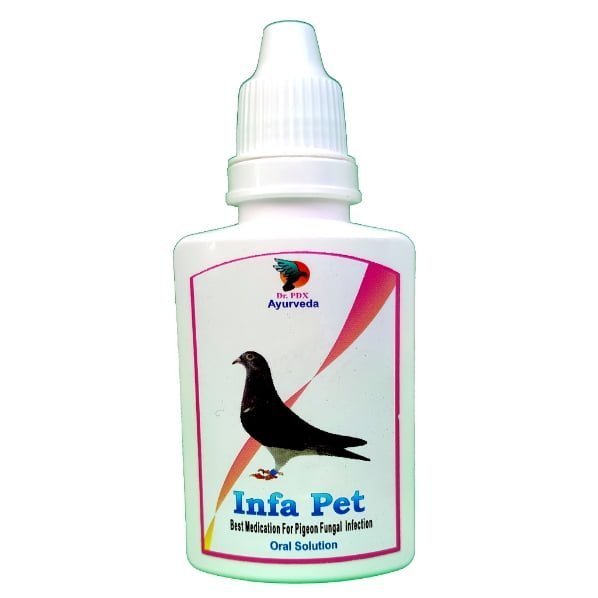




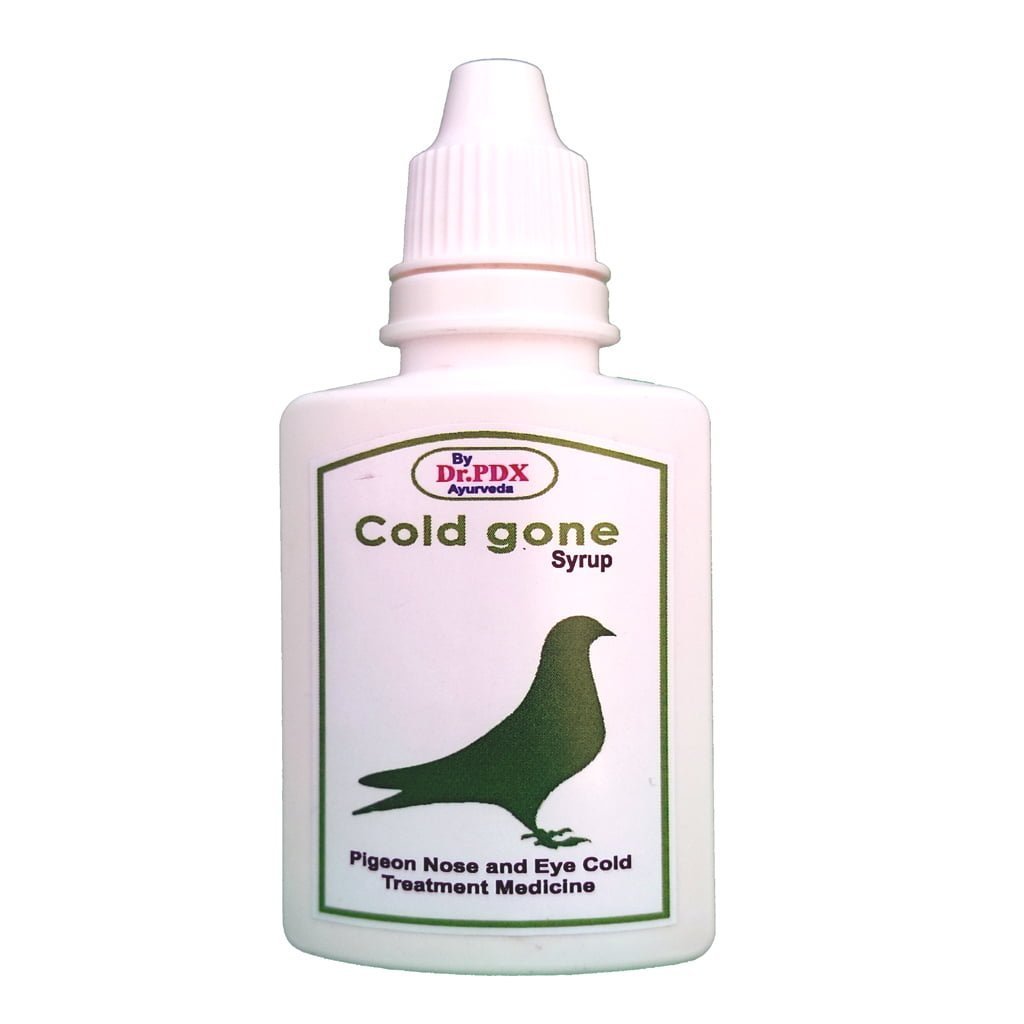
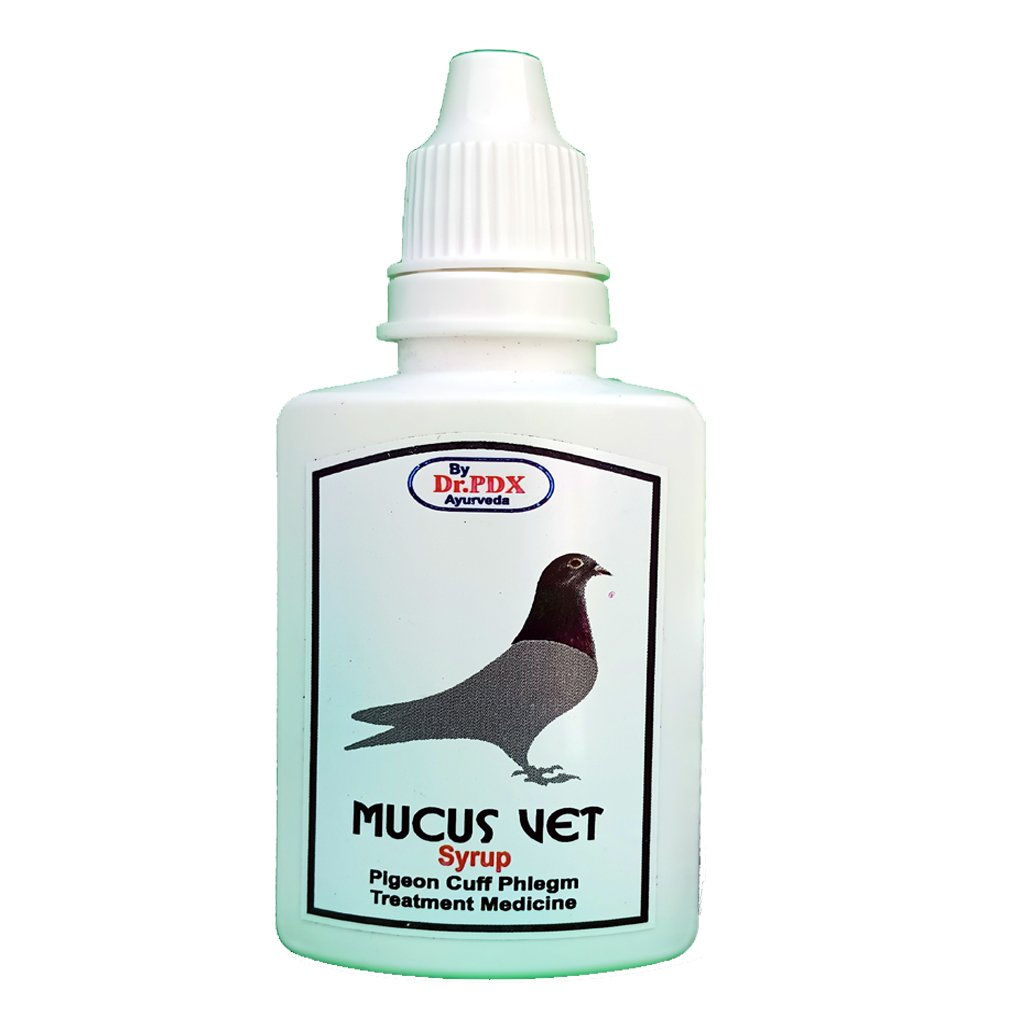
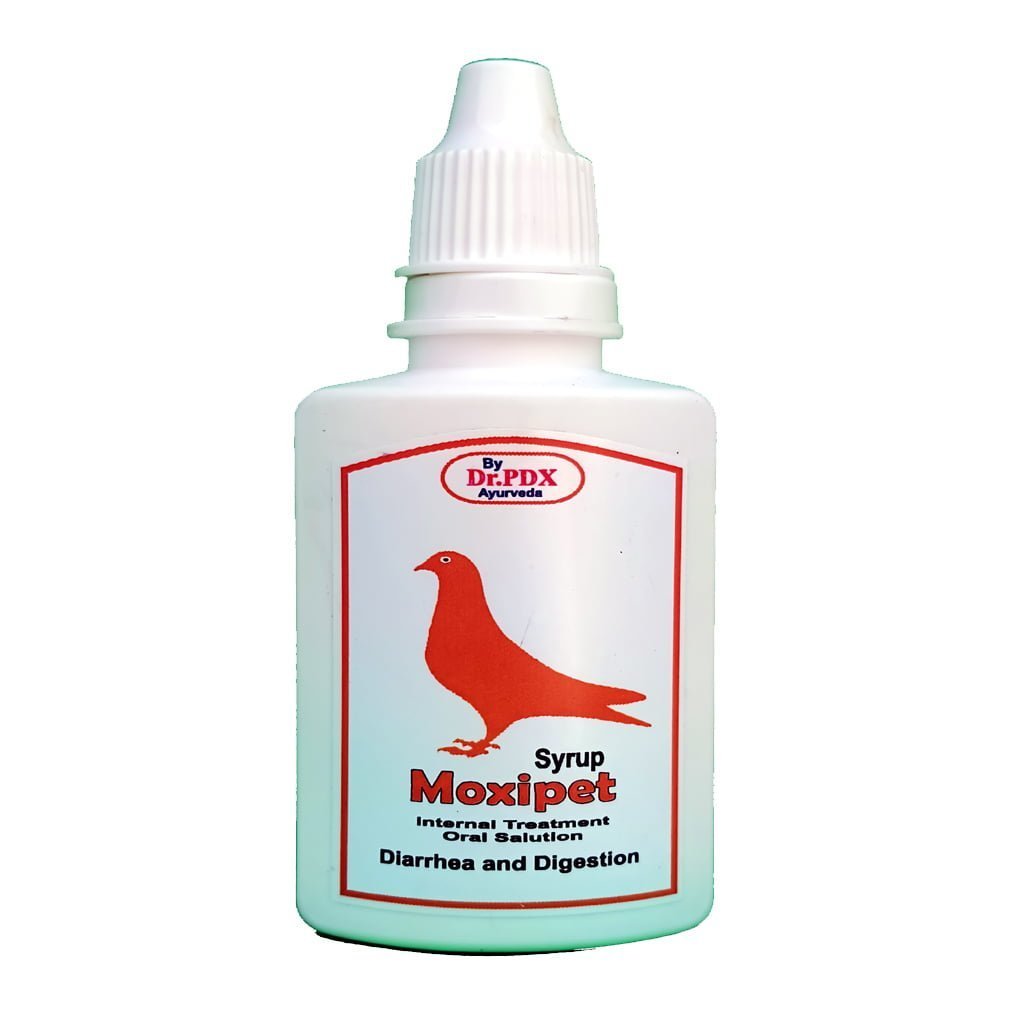




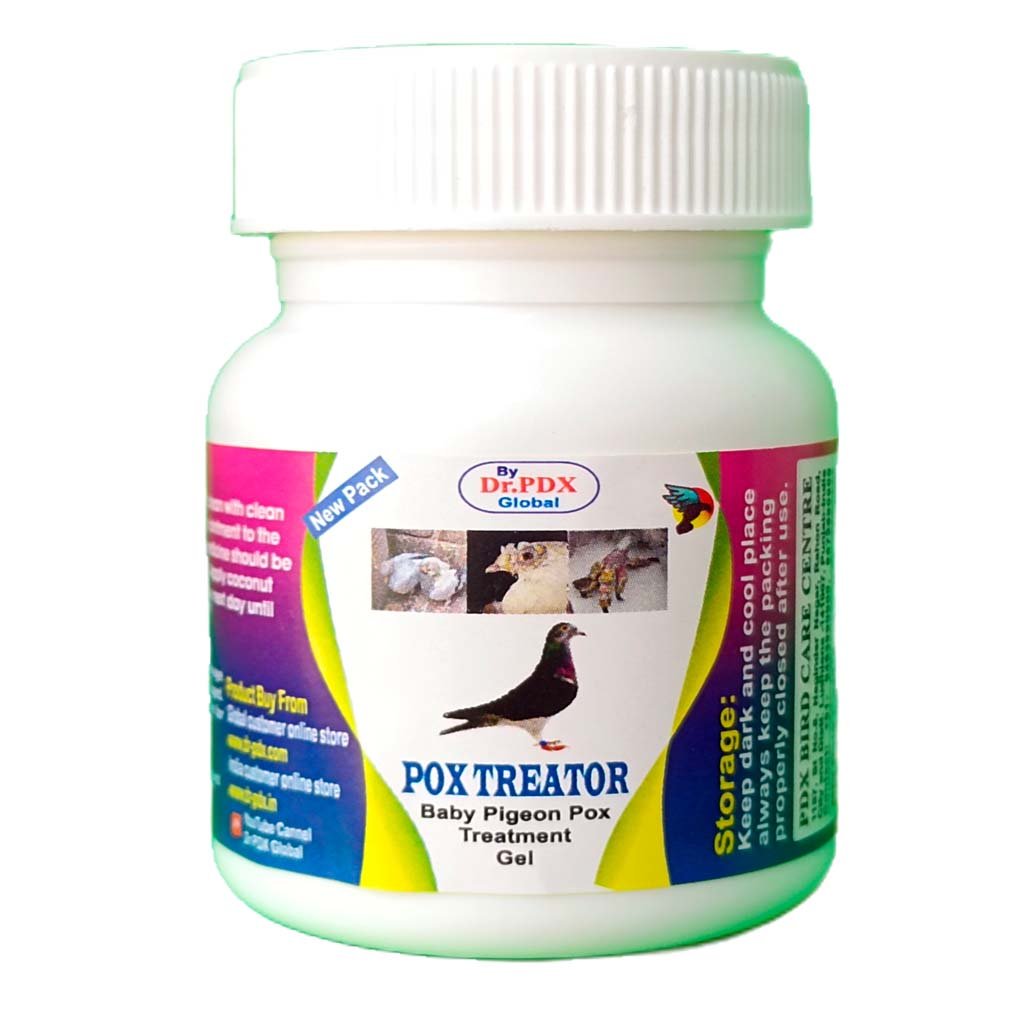




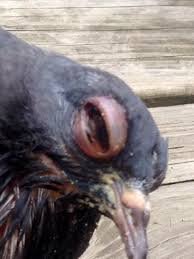



There are no reviews yet.